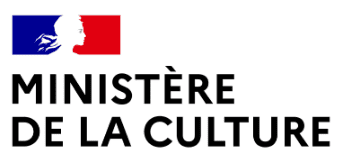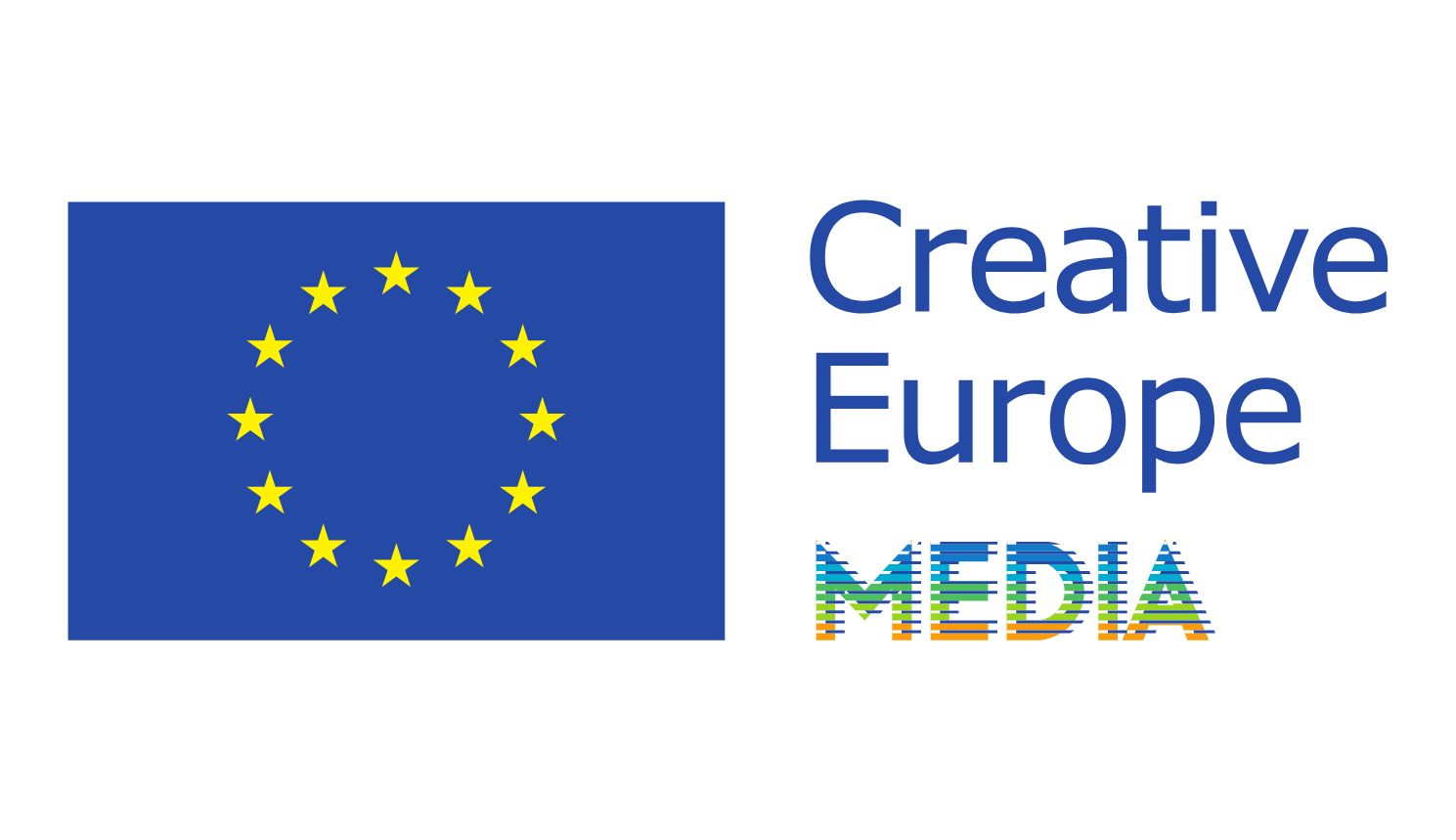Jacques Kebadian
Pierre Guyotat at home, between 2002 and 2009: scenes from a writer’s life. First he organises his library : each book is an occasion for comments, reminiscences, questionnings. Then he is seen at work, preparing an edition of his Notebooks with his assistant, based on manuscripts from the 1960s. He is finally seen in his room, sitting in bed, discoursing on french kings and working out a text out loud, in a hypnotic self-dictation. Because Pierre Guyotat offers himself unrestrainedly to Jacques Kébadian’s attentive filming, this most precious of films gives us a rare glimpse into a writer’s intimacy: into his labour and passion. (Cyril Neyrat)
- Other gems | Special Screening
- 2022
-
 Other gems
Other gems
-
 Special Screening
Special Screening
- 2022
PIERRE GUYOTAT, LE DON DE SOI
Jacques Kebadian
Interview with Jacques Kebadian
You have filmed Pierre Guyotat extensively for many years. Can you tell us about this filmic friendship?
My physical encounter with Pierre Guyotat took place in Summer 1999, when he was about to publish Progénitures with Gallimard. Le Livre, his last work with Vivre, a collection of texts and interviews, had come out in 1984. Progénitures was his “great work”. Léo Scheer, who had just launched his publishing house, had asked Marianne Alphant to carry out a major interview with Pierre. It was an opportunity for him to talk about his art, his working methods and also to illuminate the readers about this poetic world and its musical language. That’s how I met him, thanks to a friend who worked with Léo Scheer and knew that this brand-new publisher was looking for someone to film the interview. Pierre Guyotat, for his part, wanted to know who I was, so I showed him D’une brousse à l’autre, a feature film about the sans-papiers (undocumented migrants) who had occupied the Saint-Bernard church [in Paris]. The film was released in 1997. Pierre must have liked the way I filmed, my empathy with the characters, the themes I dealt with and that’s how I ended up filming for a week in Normandy and then at his home and Marianne’s house in Sartrouville. All these hours of filming resulted in Explications, a six-hour film after editing… But Léo Scheer didn’t want a DVD, which would have been like a duplicate of the book. What a pity! The film exists and may yet be released.
But I had a camera, Pierre’s trust and Patrick Bouchain’s assistance, who had just been granted five terms of teaching from Jack Lang between 2001-2004 at the University of Paris VIII, where Pierre Guyotat delivered his “Lessons on the French language”. The two-hour lessons were filmed directly opposite the blackboard, with Pierre sitting at his table with a mini barricade of stacked books illustrating the authors and the century being taught. As he made his choices, the way he read them with his hand accompanying the music of the sentence, commenting on them by providing the historical context of the writing, I told myself that this was what had forged his own language and fuelled his imagination. It really was a kind of initiation. It was so beautiful! And has yet to be discovered.
These two film shoots, in addition to the filmed readings, confirmed the exceptional opportunity I had of accompanying Pierre in the various experiments he was being offered at the time for radio, in particular the “Carnet nomade”, Colette Fellous’ program, in Istanbul in 2002, where Pierre asked me to accompany him with my camera. This would be the subject of my next film, in which I attempted to combine the genres of filmed documentary and radio. Then there were the marvellous programmes on music with Bernard Comment for the interviews and Jacques Taroni who selected the performances and edited them, which also shaped the great polyphonic artist that Pierre Guyotat is. This trust lasted until 2009, when I rediscovered our complicity and trust during the Arrière-fond dictations.
After Guyotat en travail in 2011, you made a second film on the author of Coma, who died in 2020. It achieves a rare level of intimacy with the character of a writer, his singular existence and his work – the invention of the text. How does one achieve such intimacy, how does one obtain such a “gift of self” on the part of the writer?
Pierre Guyotat had asked my sister Aïda, a painter, who over the years had become a friend of Pierre’s, to come and write on her computer his dictation of his new book Arrière-Fond. A few days after the starting on the work, my sister said to me: « you should come and film this, it’s fascinating – how the text emerges and at the same time all the other asides of the text being written, comments on the news, a reflection on this period of adolescence which is so full of procrastination surrounding sexual questions, almost like live psychoanalysis… Pierre agreed that I should find my place in this process. In Pierre’s bedroom office, Aïda is off-camera, and he is dictating his text to her. I put the camera at the back of the room, in line with the bed and the open door to the living room, where the sounds of the city could be heard, and I could go from a wide shot to accommodate the scope of his gestures, to a close-up in the long stretches when the dictation stops and we are in the camera obscura of his brain, where images are formed before they appear in words. I think that to arrive at this degree of intimacy, it took a great deal of trust on his part because in addition to the text that would be published, there are all these analyses and comments that were recorded without any censorship. I started shooting on the 12th of September and continued filming alternately until the end of August, 40 four-hour sessions out of the 170 that Aïda spent typing until she could finally add the final full stop. What I am describing here can also be applied to the first Guyotat at work film. The work sessions in the Jura near the window are not filmed head-on but in three-quarter shots, allowing the gaze to wander outside; perhaps this is the influence of Robert Bresson, who never filmed “his models” head-on… In this part of the film, shot in August, we no longer feel the anxiety that we feel in the new film, because in the Jura in August, Pierre is relaxed, the book is almost finished and the worry of finishing it is behind him, he knows that the book is here, that he has got it.
The film is made up of four situations, each of which captures Pierre Guyotat in his home, in a different relationship to literature and to his work as a writer. How did you select and structure these four situations?
The focus of this film is the new house.
The film is different in that it tells the story of his move into this new two-storey flat, with the books he likes being arranged in his bedroom/ office/ library room, sending the ones he is not particularly interested in to the floor “downstairs”. Through these books, a fragmentary autobiographical narrative is sketched out. The second place is the living room where he works with Valérian Lallemand on the formatting of his logbooks from the period before writing Tombeau pour Cinq cent mille soldats.
And since he also needs to eat, there is the scene in the kitchen which shows his daily life and his anger at journalists…
Finally, the bedroom, the place where his work is born.
Interview by Cyril Neyrat
-
 Other gems
Other gems
-
 Special Screening
Special Screening
Technical sheet
France / 2022 / Colour / 111’
Original version : french
Subtitles : english
Script : Jacques Kebadian
Photography : Jacques Kebadian
Editing : Jacques Kebadian
Sound : Jacques Kebadian
With : Pierre Guyotat
Production : Jacques Kebadian.
Filmography : Dis-moi pourquoi tu danses, 2015
La maison de Sophie, 2011-2013
Rase pas mon quartier, 2011-2012
Guyotat au travail, 2009
Construire autrement, 2008-2010
La bataille des paravents, 2005
La fragile armada, 2003-2004.
- Autres films / Other gems, Special Screening






